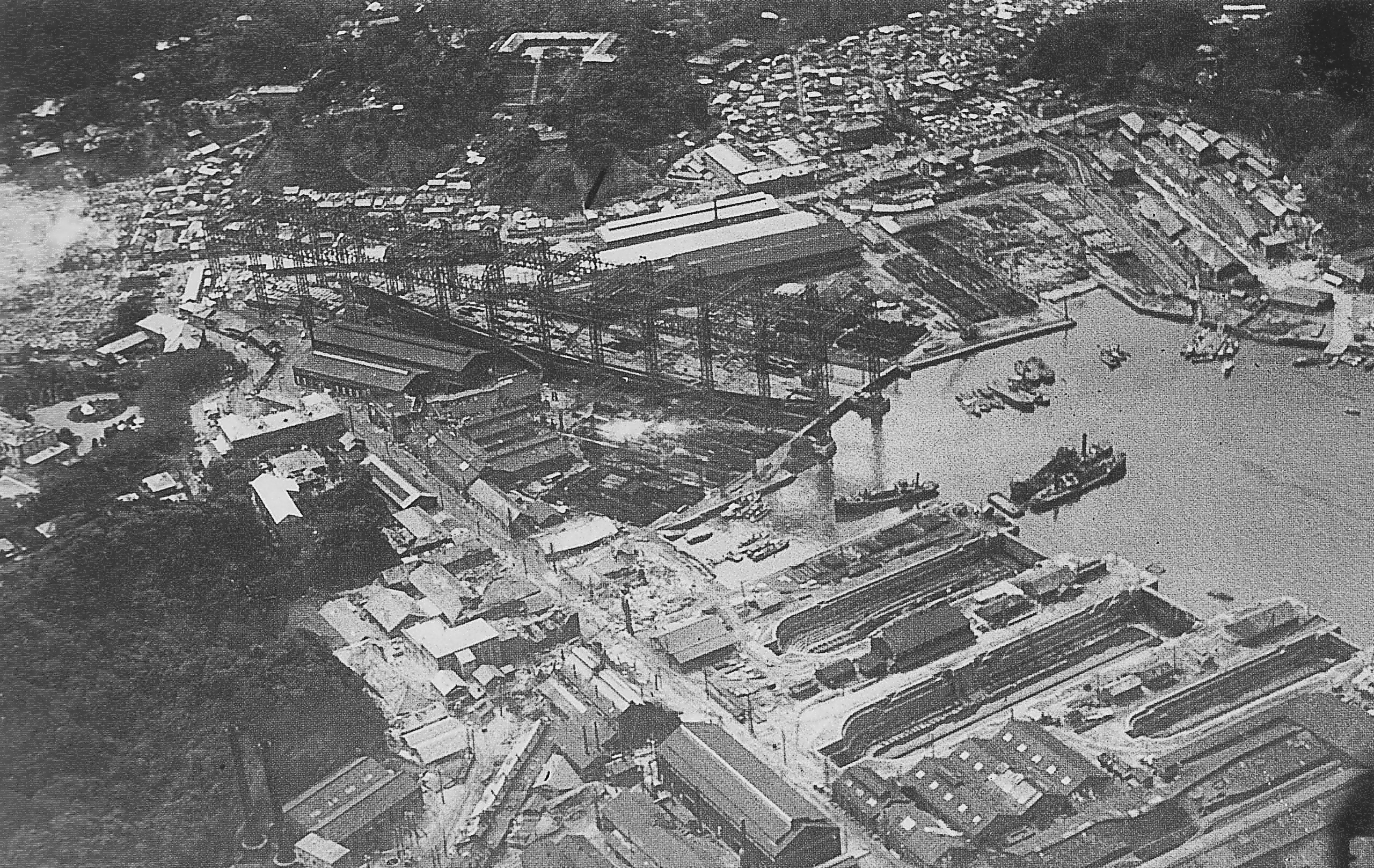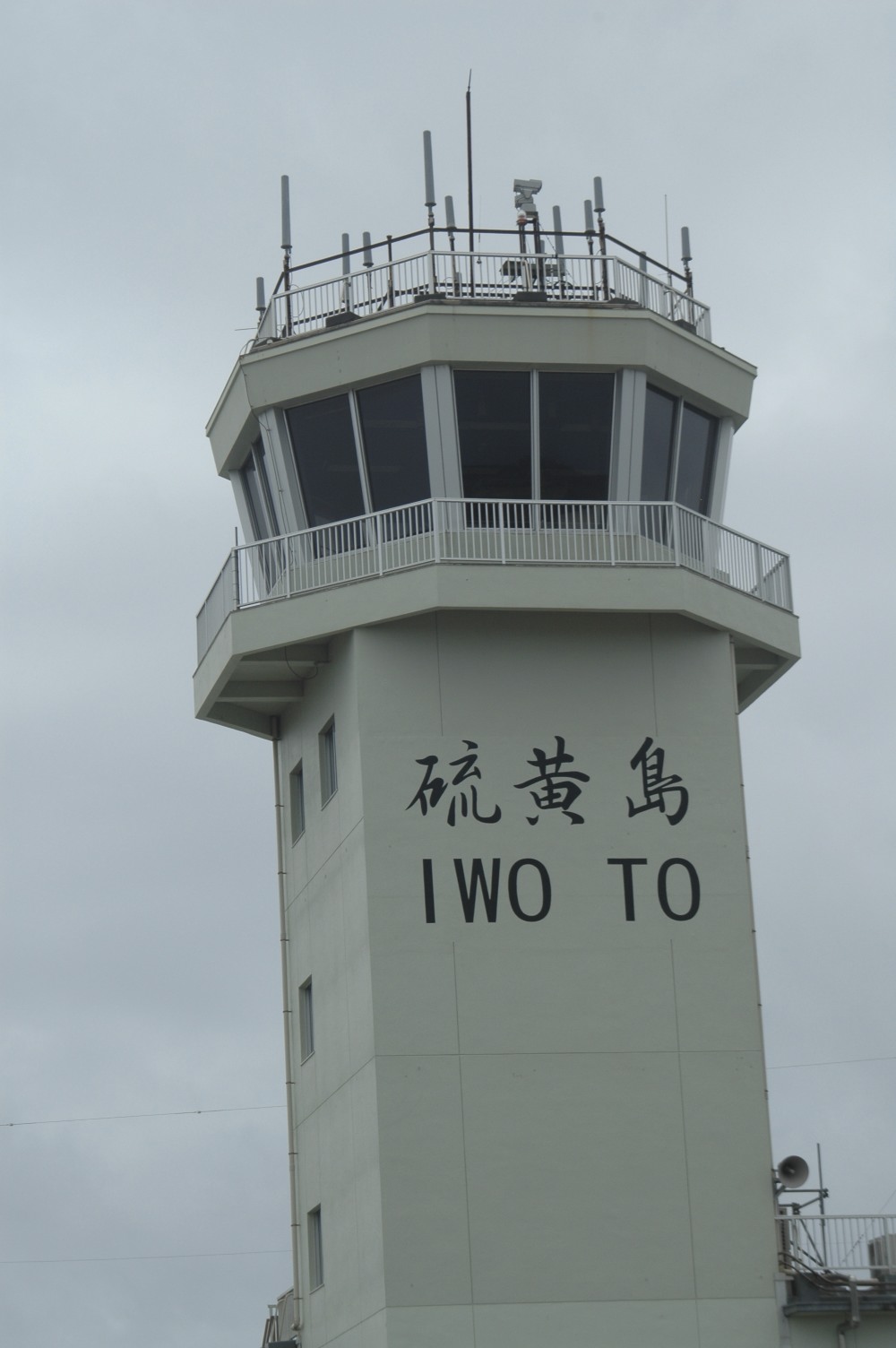|
Japanese Submarine I-372
''I-372'' was an Imperial Japanese Navy Type D1 transport submarine. Completed and commissioned in November 1944, she served in World War II and was sunk in July 1945. Construction and commissioning ''I-372'' was laid down on 10 February 1944 by the Yokosuka Naval Arsenal at Yokosuka, Japan, with the name ''Submarine No. 2961''. She was launched on 26 June 1944 and renamed ''I-372'' that day. She was completed and commissioned on 8 November 1944. Service history Upon commissioning, ''I-372'' was attached to the Sasebo Naval District and was assigned to Submarine Squadron 11 for workups. She was reassigned to Submarine Squadron 7 on 8 January 1945. Transport operations On 8 February 1945, ''I-372'' departed Yokosuka bound for Takao on Formosa. She was then to rescue Imperial Japanese Army Air Force pilots stranded at Batulinao in the Aparri area of northern Luzon in the Philippine Islands as a result of Japanese setbacks in the Philippines campa ... [...More Info...] [...Related Items...] OR: [Wikipedia] [Google] [Baidu] |
Yokosuka Naval Arsenal
was one of four principal naval shipyards owned and operated by the Imperial Japanese Navy, and was located at Yokosuka, Kanagawa prefecture on Tokyo Bay, south of Yokohama. History In 1866, the Tokugawa shogunate government established the ''Yokosuka Seisakusho'', a military arsenal and naval base, with the help of foreign engineers, including the French naval architect Léonce Verny. The new facility was intended to produce modern, western-style warships and equipment for the Tokugawa navy. The construction of the arsenal was an important first step for the modernization of Japan's industry. Modern buildings, an aqueduct, foundry, brick factories, technical schools to train Japanese technicians were established. After the Boshin War and the Meiji Restoration, the new Meiji government took over control of the facility in 1871, renaming it the ''Yokosuka Zosenjo'' (Yokosuka Shipyards). The first dry dock was opened in 1871, and is still in operation today. Japan's first d ... [...More Info...] [...Related Items...] OR: [Wikipedia] [Google] [Baidu] |
Sasebo Naval District
was the third of five main administrative districts of the pre-war Imperial Japanese Navy. Its territory included the western and southern coastline of Kyūshū, the Ryukyu Islands, Taiwan and Korea, as well as patrols in the East China Sea and the Pacific Sasebo also contained the Sasebo Naval Arsenal, specializing mostly in destroyers and smaller warships; and its anchorage was one of the largest in Japan. The District encompassed anchorages at Imari and Hirado ports as well as the designated third echelon naval ports of Takeshiki ( Tsushima), Kagoshima, Kuji ( Amami-Ōshima), and Wakamatsu (Gotō Islands) History The location of Sasebo facing China and Korea, and near the foreign treaty port of Nagasaki was recognized of strategic importance by the leaders of the early Meiji government and early Imperial Japanese Navy. In 1883, the then Lieutenant Commander Tōgō Heihachirō nominated what was a tiny fishing village as the ideal location for a naval base. With the formation ... [...More Info...] [...Related Items...] OR: [Wikipedia] [Google] [Baidu] |
Shell (projectile)
A shell, in a military context, is a projectile whose payload contains an explosive, incendiary, or other chemical filling. Originally it was called a bombshell, but "shell" has come to be unambiguous in a military context. Modern usage sometimes includes large solid kinetic projectiles that is properly termed shot. Solid shot may contain a pyrotechnic compound if a tracer or spotting charge is used. All explosive- and incendiary-filled projectiles, particularly for mortars, were originally called ''grenades'', derived from the French word for pomegranate, so called because of the similarity of shape and that the multi-seeded fruit resembles the powder-filled, fragmentizing bomb. Words cognate with ''grenade'' are still used for an artillery or mortar projectile in some European languages. Shells are usually large-caliber projectiles fired by artillery, armored fighting vehicles (e.g. tanks, assault guns, and mortar carriers), warships, and autocannons. The shape ... [...More Info...] [...Related Items...] OR: [Wikipedia] [Google] [Baidu] |
Artillery
Artillery is a class of heavy military ranged weapons that launch munitions far beyond the range and power of infantry firearms. Early artillery development focused on the ability to breach defensive walls and fortifications during sieges, and led to heavy, fairly immobile siege engines. As technology improved, lighter, more mobile field artillery cannons developed for battlefield use. This development continues today; modern self-propelled artillery vehicles are highly mobile weapons of great versatility generally providing the largest share of an army's total firepower. Originally, the word "artillery" referred to any group of soldiers primarily armed with some form of manufactured weapon or armor. Since the introduction of gunpowder and cannon, "artillery" has largely meant cannons, and in contemporary usage, usually refers to shell-firing guns, howitzers, and mortars (collectively called ''barrel artillery'', ''cannon artillery'', ''gun artillery'', or - a layman t ... [...More Info...] [...Related Items...] OR: [Wikipedia] [Google] [Baidu] |
Iwo Jima
Iwo Jima (, also ), known in Japan as , is one of the Japanese Volcano Islands and lies south of the Bonin Islands. Together with other islands, they form the Ogasawara Archipelago. The highest point of Iwo Jima is Mount Suribachi at high. Although south of the metropolis of Tokyo on the mainland, this island of 21 km2 (8 square miles) is administered as part of the Ogasawara Subprefecture of Tokyo. Since July 1944, when all the civilians were forcibly evacuated, the island has had a military-only population. The island was the location of the Battle of Iwo Jima between February 1945 and March 1945. This engagement saw some of the fiercest fighting of the Pacific War, with each side suffering over 20,000 casualties in the battle. The island became globally recognized when Joe Rosenthal, of the Associated Press, published his photograph '' Raising the Flag on Iwo Jima'', taken on Mount Suribachi. The US military occupied Iwo Jima until 1968, when it was returned to ... [...More Info...] [...Related Items...] OR: [Wikipedia] [Google] [Baidu] |
Kure, Hiroshima
is a port and major shipbuilding city situated on the Seto Inland Sea in Hiroshima Prefecture, Japan. With a strong industrial and naval heritage, Kure hosts the second-oldest naval dockyard in Japan and remains an important base for the Japan Maritime Self-Defence Force (JMSDF) named, JMSDF Kure Naval Base. , the city has an estimated population of 228,030 and a population density of 646 persons per km2. The total area is 352.80 km2. History The Kure Naval District was first established in 1889, leading to the construction of the Kure Naval Arsenal and the rapid growth of steel production and shipbuilding in the city. Kure was formally incorporated on October 1, 1902. From 1889 until the end of World War II, the city served as the headquarters of the Kure Naval District. Kure dockyards recorded a number of significant engineering firsts including the launching of the first major domestically built capital ship, the battlecruiser ''Tsukuba'' (1905) and the launching ... [...More Info...] [...Related Items...] OR: [Wikipedia] [Google] [Baidu] |
Philippines Campaign (1944–1945)
Philippines campaign may refer to various military campaigns that have been fought in the Philippine Islands, including: Spanish colonial period (1565–1898) *Numerous revolts against Spain during the Spanish colonial period; see Philippine revolts against Spain and Military history of the Philippines#Spanish colonial period (1565–1898) *Various actions fought in the Philippines during the Eighty Years' War between Spain and the Netherlands; see "Eighty Years War (1568–1648)" at Military history of the Philippines#Spanish colonial period (1565–1898) *The Limahong Campaign (1573–1575), an attempt by the Chinese pirate Limahong to seize northern Luzon from Spanish authorities *Various actions fought in the Philippines during the Seven Years War (1756–1763) between European powers; see Military history of the Philippines#Spanish colonial period (1565–1898) and Seven Years' War#Other Continents *The Philippine Revolution (1896–1898), called the "Tagalog Revolt" by th ... [...More Info...] [...Related Items...] OR: [Wikipedia] [Google] [Baidu] |
Philippine Islands
The Philippines (; fil, Pilipinas, links=no), officially the Republic of the Philippines ( fil, Republika ng Pilipinas, links=no), * bik, Republika kan Filipinas * ceb, Republika sa Pilipinas * cbk, República de Filipinas * hil, Republika sang Filipinas * ibg, Republika nat Filipinas * ilo, Republika ti Filipinas * ivv, Republika nu Filipinas * pam, Republika ning Filipinas * krj, Republika kang Pilipinas * mdh, Republika nu Pilipinas * mrw, Republika a Pilipinas * pag, Republika na Filipinas * xsb, Republika nin Pilipinas * sgd, Republika nan Pilipinas * tgl, Republika ng Pilipinas * tsg, Republika sin Pilipinas * war, Republika han Pilipinas * yka, Republika si Pilipinas In the recognized optional languages of the Philippines: * es, República de las Filipinas * ar, جمهورية الفلبين, Jumhūriyyat al-Filibbīn is an archipelagic country in Southeast Asia. It is situated in the western Pacific Ocean and consists of around 7,641 islands t ... [...More Info...] [...Related Items...] OR: [Wikipedia] [Google] [Baidu] |
Luzon
Luzon (; ) is the largest and most populous island in the Philippines. Located in the northern portion of the Philippines archipelago, it is the economic and political center of the nation, being home to the country's capital city, Manila, as well as Quezon City, the country's most populous city. With a population of 64 million , it contains 52.5% of the country's total population and is the fourth most populous island in the world. It is the 15th largest island in the world by land area. ''Luzon'' may also refer to one of the three primary island groups in the country. In this usage, it includes the Luzon mainland, the Batanes and Babuyan groups of islands to the north, Polillo Islands to the east, and the outlying islands of Catanduanes, Marinduque and Mindoro, among others, to the south. The islands of Masbate, Palawan and Romblon are also included, although these three are sometimes grouped with another of the island groups, the Visayas. Etymology The name ''Luz ... [...More Info...] [...Related Items...] OR: [Wikipedia] [Google] [Baidu] |
Aparri
Aparri ( ilo, Ili ti Aparri; tl, Bayan ng Aparri), officially the Municipality of Aparri, is a 1st class municipality in the province of , Philippines. According to the 2020 census, it has a population of 68,839 people. It sits at the mouth of the Cagayan River, the longest river in the Philippines, about 55 miles north of Tuguegarao, the provincial capital. Aparri is a bustling municipality and the primary growth center of Northern Cagayan. It serves as the center of education, commerce and culture in the northern part of the Region which includes towns of the first and second districts of Cagayan as well as the towns of Apayao and some towns of Ilocos Norte. It serves as the show window of commerce and finance,economic transformation, information technology, livelihood development, fashion and culture, leisure and entertainment, agricultural modernization, and course good local governance. Aparri has an approximate income of ₱250 million. The valley has been one of the la ... [...More Info...] [...Related Items...] OR: [Wikipedia] [Google] [Baidu] |
Imperial Japanese Army Air Force
The Imperial Japanese Army Air Service (IJAAS) or Imperial Japanese Army Air Force (IJAAF; ja, 大日本帝國陸軍航空部隊, Dainippon Teikoku Rikugun Kōkūbutai, lit=Greater Japan Empire Army Air Corps) was the aviation force of the Imperial Japanese Army (IJA). Just as the IJA in general was modeled mainly on the German Army, the IJAAS initially developed along similar lines to the Imperial German Army Aviation; its primary mission was to provide tactical close air support for ground forces, as well as a limited air interdiction capability. The IJAAS also provided aerial reconnaissance to other branches of the IJA. While the IJAAS engaged in strategic bombing of cities such as Shanghai, Nanking, Canton, Chongqing, Rangoon, and Mandalay, this was not the primary mission of the IJAAS, and it lacked a heavy bomber force. It did not usually control artillery spotter/observer aircraft; artillery battalions controlled the light aircraft and balloons that operated in these ... [...More Info...] [...Related Items...] OR: [Wikipedia] [Google] [Baidu] |




